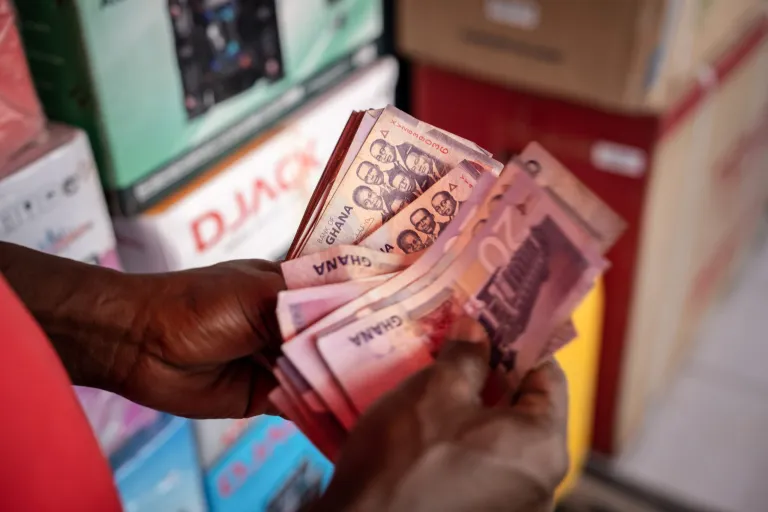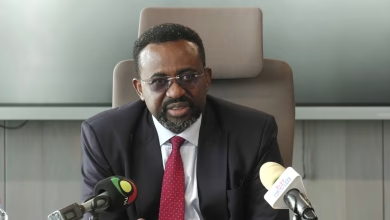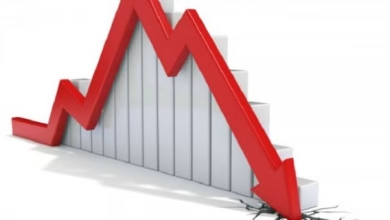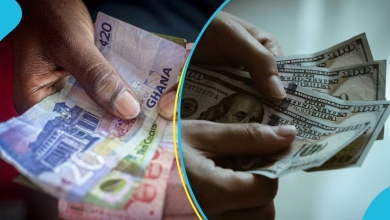The Ghanaian cedi (GH¢) has found some relief after a turbulent period. Here’s a breakdown of the factors contributing to this recent stability:
IMF Support: The IMF’s approval of Ghana’s Extended Credit Facility (ECF) program provided a critical boost.The disbursement of $360 million strengthened the country’s foreign reserves and instilled investor confidence.
Deal with Creditors: An agreement with external commercial creditors eased pressure on Ghana’s debt, allowing for more efficient foreign exchange management.
Reduced Corporate Demand: A recent decline in corporate demand for foreign currency has also contributed to the cedi’s stability.
Central Bank Intervention: The Bank of Ghana’s strategic interventions, including selling US dollars, helped stabilize the cedi in the short term.
Looking Ahead:
Analysts cautiously expect the cedi to maintain stability in the near future, with continued support from international institutions and the central bank.
Market factors like global economic conditions, commodity prices, and Ghana’s domestic recovery pace will influence the cedi’s long-term trajectory.
Proactive measures by the central bank and continued international support will be crucial for navigating future challenges.




